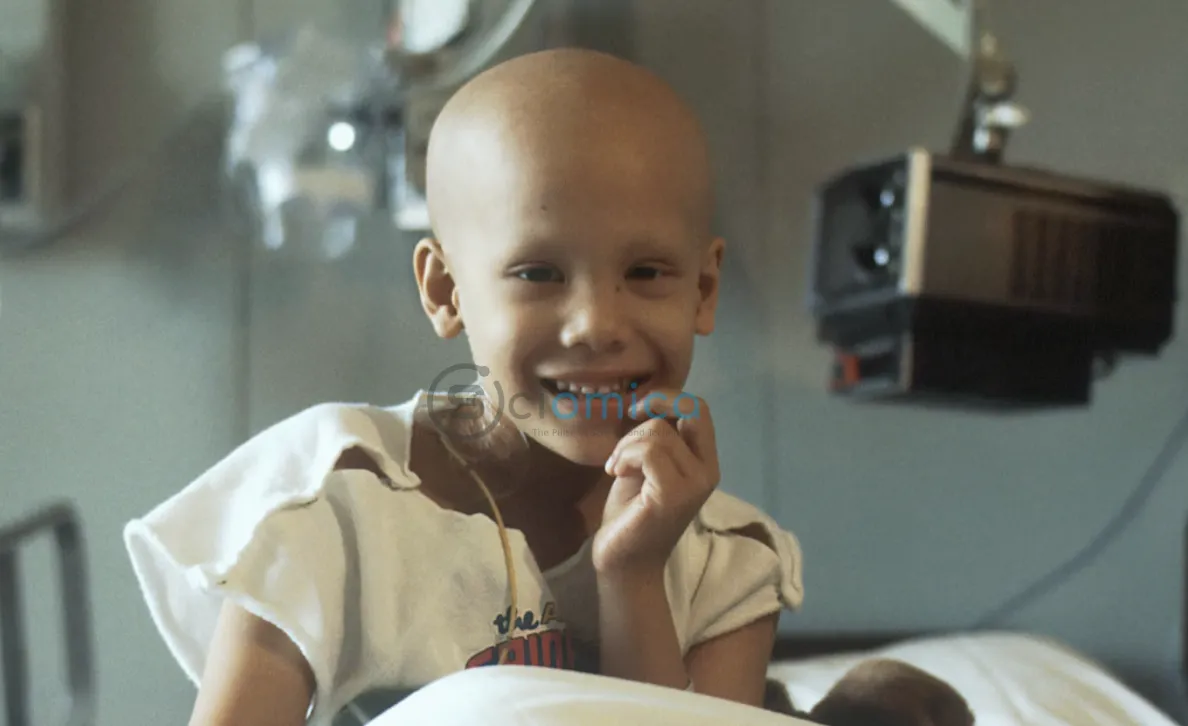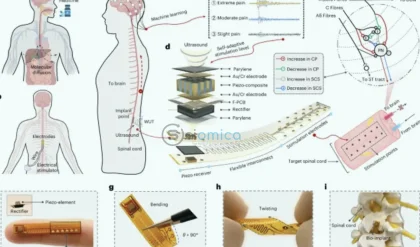
In recent years, there has been a noticeable increase in the incidence of early-onset cancers—those diagnosed in individuals under the age of 50—across the United States. A comprehensive analysis from researchers at the National Cancer Institute has revealed that 14 different types of cancers are on the rise among younger populations, with breast, colorectal, kidney, and uterine cancers experiencing the most significant upticks.
Although the overall incidence of early-onset cancer remains relatively low, experts caution that these incremental increases are concerning. Miranda Fidler-Benaoudia, a cancer epidemiologist at Alberta Health Services and the University of Calgary, emphasized that even a modest rise in cancer rates, observed over two to three decades, can translate into a substantial increase in the number of diagnoses within this age group.
The complexities behind these trends appear to be multifaceted, with distinct contributing factors likely specific to each type of cancer. To unpack these trends, Meredith Shiels and her team closely examined cancer data from 15- to 49-year-olds diagnosed between 2010 and 2019 in the United States. Their study, published in the journal Cancer Discovery, categorized changes in cancer rates into three distinct age groups: 15 to 29, 30 to 39, and 40 to 49.
Results from the study indicated a consistent increase in breast and uterine cancer across all early-onset age segments. Colorectal and certain kidney cancers also showed escalating rates among those aged 30 to 39 and 40 to 49. Notably, over 80% of the additional cancers diagnosed in 2019 compared to 2010 fell within these four categories. Other malignancies, such as melanoma, cervical cancer, and stomach cancer, also saw increases in specific cohorts, albeit with lower overall incidences.
The Role of Lifestyle Factors
Several lifestyle factors have been proposed as potential contributors to the rising rates of early-onset cancers. For instance, there is a growing body of evidence suggesting that obesity is a risk factor for colorectal, kidney, and uterine cancers, all of which are becoming more prevalent among younger individuals. Since the 1990s, global obesity rates have surged, and while existing studies primarily focus on older adults, researchers propose that this trend may also influence younger populations. A recent study suggested that over half of the uterine cancer cases diagnosed in 2019 might be linked to obesity.
Additionally, changing reproductive patterns are believed to impact the incidence of early-onset breast cancers. For example, girls are starting menstruation earlier, while women are having fewer children and delaying childbirth. These factors have been associated with an elevated risk for specific types of early-onset breast cancer. Moreover, the use of oral contraceptives may slightly increase breast cancer risk but could also provide protections against other malignancies, such as ovarian and endometrial cancers.
Advancements in Detection and Screening
The evolution of cancer detection methodologies and screening guidelines may also contribute to the increased rates of early-onset cancers. For individuals with genetic predispositions, new guidelines recommend earlier screening, which may lead to a higher number of early diagnoses. Genetic factors such as BRCA gene variations are known to elevate the risk of developing breast, ovarian, and prostate cancers, while Lynch syndrome is associated with heightened risks for several cancers, including colorectal and stomach cancers.
Additionally, advancements in imaging technologies such as MRIs and CT scans have facilitated the incidental detection of renal cell carcinoma, contributing to a rise in kidney cancer diagnoses across various age groups.
Environmental Influences and Future Research
The influence of environmental exposures during prenatal or early life stages cannot be overlooked. Research published in Nature has revealed that exposure to colibactin, a chemical produced by certain strains of E. coli in the colon, is linked to DNA mutations frequently observed in early-onset colorectal cancers.
However, establishing direct causation between environmental exposures and specific cancer types remains challenging. Shiels noted the necessity for extensive studies following individuals over their lifespans to effectively identify the risk factors associated with early-onset cancers. Given that these cancers are still relatively rare compared to their later-onset counterparts, gathering adequate data to uncover these risk factors proves to be a formidable task.
While individual cancer risk cannot be entirely eradicated, population-level strategies can mitigate risks. Preventive measures such as sun protection, HPV vaccinations, and limiting alcohol consumption and smoking can help reduce cancer development at any age.
The rising rates of early-onset cancers present a complex and pressing public health concern. As research continues to uncover the intricate web of risk factors contributing to these trends, health experts urge a collective effort to advance preventive strategies and early detection efforts.






